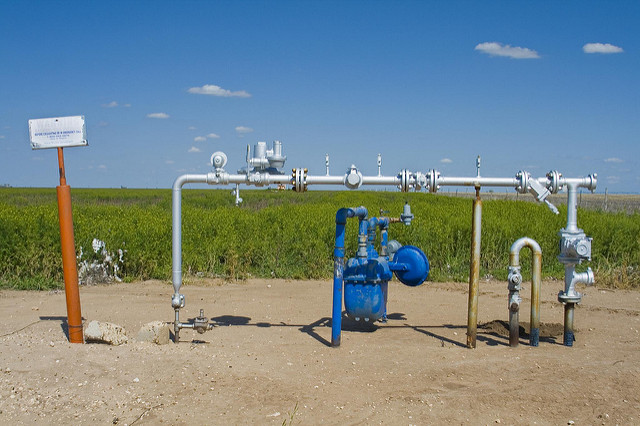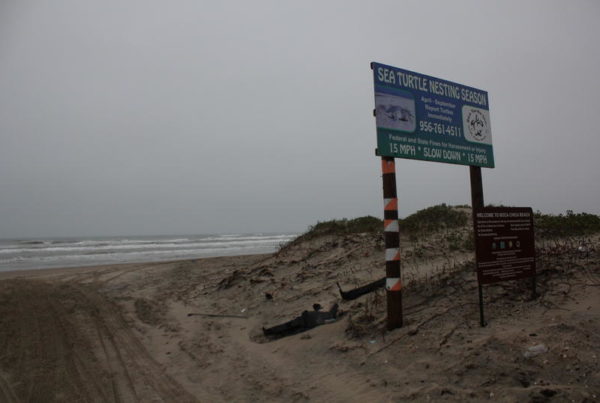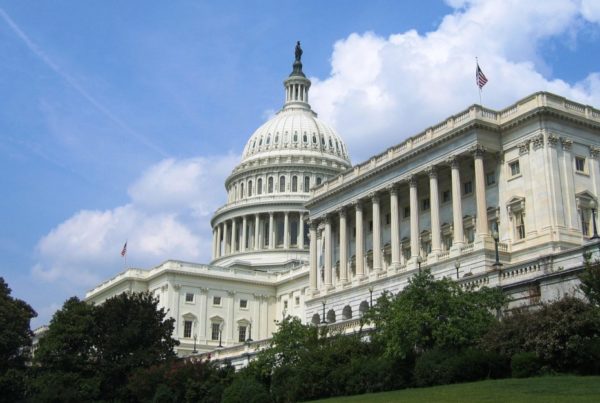After more than half a century, the U.S. appears to have become a net exporter of natural gas. The last time that happened was when Dwight Eisenhower was president.
The development is a major shift from predictions just a decade ago, when the U.S. was expected to have to rely on natural gas imports from Russia, northern Africa and the Middle East forever, it seemed. What’s changed? Matt Smith, director of commodity research at Clipper Data says shale plays a major factor in the United States’ production increase.
“We’re getting nearly two-thirds of our production coming through from shale,” Smith says. “Shale is the real driver of why we’re seeing this situation, and because of that, we’re starting to see exports as well now. Not only are we importing less, but we’re exporting more.”
LNG’s success comes from the fact that it is 600 times more dense as a liquid than as a gas, meaning it takes up 600 times less space. When frozen to minus 250 degrees, LNG is conducive to pop onto massive LNG tankers.
In its next step, LNG makes its way to the market hub, Asia, which accounts for 75 percent of global demand. LNG, however, also makes a few more important stops.
“There’s more LNG leaving the U.S. It is going to Latin America to Europe as well,” Smith says. “But it’s also going to the Middle East. We’re sending natural gas into Kuwait, into the United Arab Emirates. We’re essentially selling ice to the Eskimos, it feels.”
Through its success, there are also pitfalls in slow-building infrastructure. Because of northeast demand, Smith says a wide supply and demand gap create pipelines operating in opposite directions.
Smith says Texas is no exception to these issues.
“The Permian Basin is increasing its oil production so much that there’s going to be capacity constraints,” Smith says. “There’s not enough pipelines to get that oil out of there.”
Smith explains the natural gas in the Permian Basin is an associated gas, meaning gas is extracted at the same time as oil.
“The same problems are going to be coming to fruition in Texas, as well, in that there isn’t enough infrastructure to actually get the gas out of there,” Smith says.
Those who use natural gas as main utility fuel benefit from low prices. On the flip side, though, so much LNG leaving the U.S. raises prices. Smith explains exports account for six billion cubic feet a day, which is eight percent of total consumption.
In the end, Smith says the short-term negatives of high prices create long-term benefit.
“But if we do see prices rise we’ll see more production coming to market which will help keep those prices lower again,” Smith says.
Written by Elizabeth Ucles.
















